A two-volume set, published in Paris by P.-J. Hetzel in 1845 and 1846.
Vol. 1:
Title: LE | DIABLE A PARIS | — PARIS ET LES PARISIENS — | MŒURS ET COUTUMES, CARACTERES ET PORTRAITS DES HABITANTS DE PARIS, | TABLEAU COMPLET DE LEUR VIE PRIVEE, PUBLIQUE, POLITIQUE, | ARTISTIQUE, LITTERAIRE, INDUSTRIELLE, ETC., ETC. | TEXTE PAR MM. | GEORGE SAND — P.-J. STAHL — LEON GOZLAN — P. PASCAL — FREDERIC SOULIE — CHARLES NODIER | EUGENE BRIFFAULT — S. LAVALETTE — DE BALZAC — TAXILE DELORD — ALPHONSE KARR | MÉRY — A. JUNCETIS — GERARD DE NERVAL — ARSÈNE HOUSSAYE — ALBERT AUBERT — THÉOPHILE GAUTIER | OCTAVE FEUILLET — ALFRED DE MUSSET — FRÉDÉRIC BÉRAT | précédé d’une | HISTOIRE DE PARIS PAR THEOPHILE LAVALLÉE | ILLUSTRATIONS | LES GENS DE PARIS — SERIES DE GRAVURES AVEC LEGENDES | PAR GAVARNI | PARIS COMIQUE — VIGNETTES DE BERTALL | VUES, MONUMENTS, EDIFICES PARTICULIERS, LIEUX CÉLÈBRES ET PRINCIPAUX ASPECTS DE PARIS | PAR CHAMPIN, BERTRAND, D’AUBIGNY, FRANÇAIS. | [DEVICE] | PARIS | PUBLIÉ PAR J. HETZEL, | RUE RICHELIEU, 76 – RUE DE MÉNARS, 10. | 1845 ||
Pagination: ffl, [2 – h.t. / Paris: Typographie Lacrampe et Comp., Rue Damiette, 2 ; Papeir de la fabrique de sainte-marie] [2 – blank / frontis. ‘Diable’ with lantern standing on map of Paris] [2 – t.p. /blank] [I] II-XXXII, [1] 2-380, bfl. Sheet size: 27.5 x 17.5 cm.
Collation: 4to; A(4) – D(4), [1(4)] 2(4) – 47(4), 48(2); illustrations: frontispiece, vignette title-page, numerous text engravings and 99 plates.
Vol. 2:
Title: LE | DIABLE A PARIS | — PARIS ET LES PARISIENS — | MŒURS ET COUTUMES, CARACTERES ET PORTRAITS DES HABITANTS DE PARIS, | TABLEAU COMPLET DE LEUR VIE PRIVEE, PUBLIQUE, POLITIQUE, | ARTISTIQUE, LITTERAIRE, INDUSTRIELLE, ETC., ETC. | TEXTE PAR MM. | DE BALZAC — EUGÈNE SUE — GEORGE SAND — P.-J. STAHL — ALPHONSE KARR | HENRY MONNIER — OCTAVE FEUILLET — DE STENDAHL — LEON GOZLAN — S. LAVALETTE — ARMAND MARRAST | LAURENT-JAN —ÉDOUARD OURLIAC — CHARLES DE BOIGNE — ALTAROCHE — EUG. GUINOT | JULES JANIN — EUGENE BRIFFAULT — AUGUSTE BARBIER — MERQUIS DE VARENNES — ALFRED DE MUSSET | CHARLES NODIER — FRÉDÉRIC BÉRAT — A. LEGOYT| précédé d’une | GÉOGRAPHIE DE PARIS PAR THEOPHILE LAVALLÉE | ILLUSTRATIONS | LES GENS DE PARIS — SERIES DE GRAVURES AVEC LEGENDES | PAR GAVARNI | PARIS COMIQUE — PANTHÉON DU DIABLE A PARIS PAR BERTALL | VUES, MONUMENTS, EDIFICES PARTICULIERS, LIEUX CÉLÈBRES ET PRINCIPAUX ASPECTS DE PARIS | PAR CHAMPIN, BERTRAND, D’AUBIGNY, FRANÇAIS. | [DEVICE] | PARIS | PUBLIÉ PAR J. HETZEL, | RUE RICHELIEU, 76 – RUE DE MÉNARS, 10. | 1846 ||
Pp. : ffl, [2 – h.t. / Paris: Typographie Lacrampe et Comp., Rue Damiette, 2 ; Papeir de la fabrique de sainte-marie] [2 – t.p. /blank] [I] II-LXXX, [1] 2-364, bfl. Sheet size: 27.5 x 17.5 cm.
Collation: 4to; A(4) – I(4) – J(4), 1(4), 2(4) – 45(4), 46(2); illustrations: vignette title-page, numerous text engravings and 112 plates.
Binding: [allegedly Roger de Coverly (British, 1831 — 1914)], 28.2 x 19 cm, ¾ brown calf ruled in gilt, brown marbled boards, nonpareil marbled endpapers, raised and ruled in gilt bands, floral devices and title lettering to spine. AEG. Foxing to flyleaves, tips of corners just a very little rubbed as are the glazed marbled paper boards; endpapers foxed; very occasional light scattered foxing of text.
Provenance: (1) Armorial bookplate (Ex Libris Sir John Whittaker Ellis, 1st Baronet (1829 – 1912), Lord Mayor of London 1881; (2) Bookplate Ex Libris Robert Frederick Green) dated 1909.
Reference: L. Carteret (1927) pp. 203-207: the first edition, lacking the publisher's white pictorial wrappers.


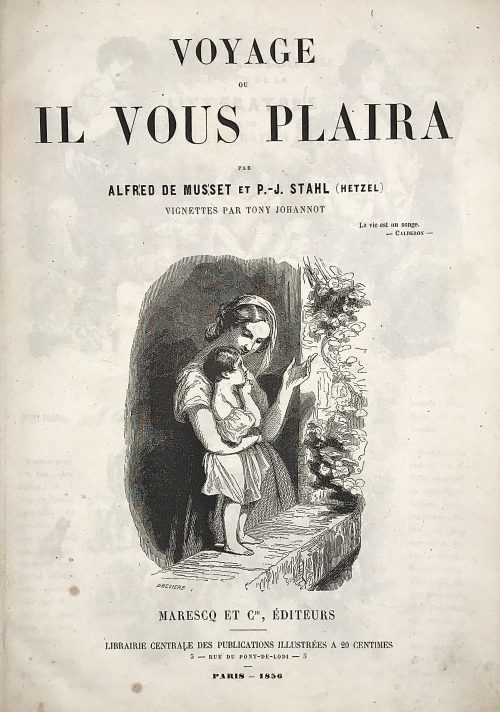


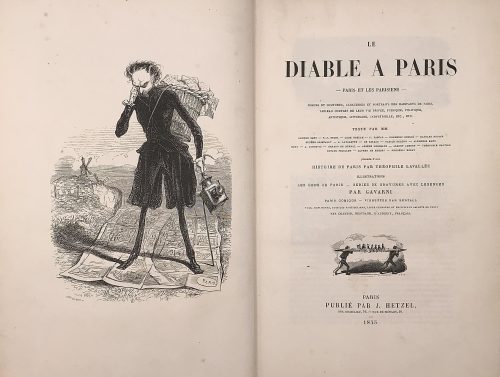



 Size: 77.4 x 74.9 x 2.7 mm
Size: 77.4 x 74.9 x 2.7 mm
 3. And another one in Robert E. Haynes Catalog #9 on page 24-25 under №23: “Typical later Kamakura-bori style work. This type of plate and carving show the uniform work produced by several schools in the
3. And another one in Robert E. Haynes Catalog #9 on page 24-25 under №23: “Typical later Kamakura-bori style work. This type of plate and carving show the uniform work produced by several schools in the 




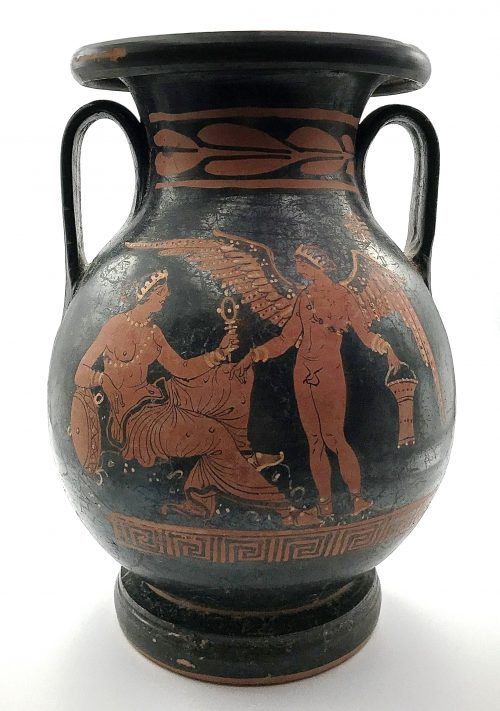
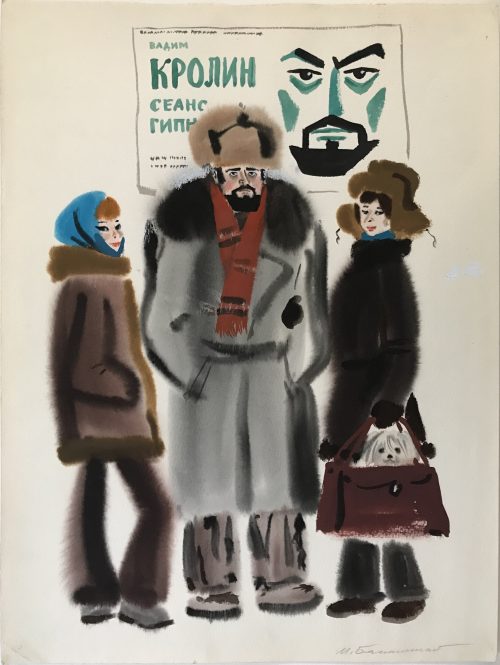
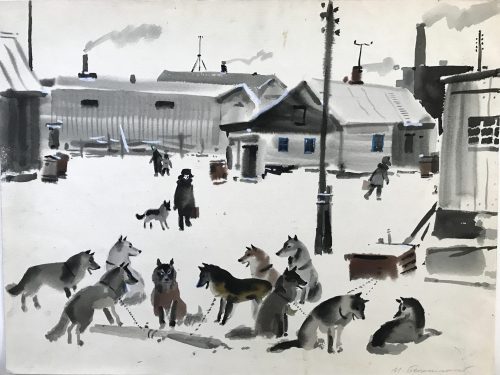
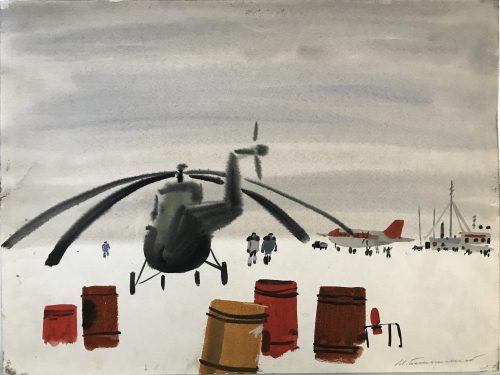

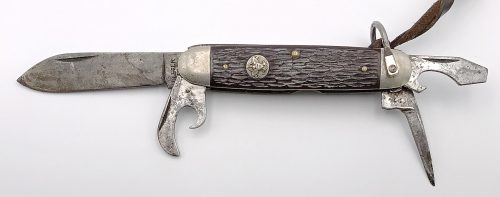



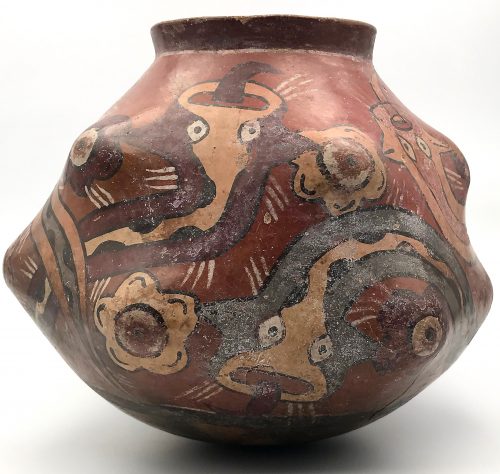


 Other similar specimens can be found at:
Henri L. Joly and Kumasaku Tomita, Japanese art and handicraft, "Swords and sword fittings" section, sub-section “Inlays of Ōnin, Kyoto, Fushimi-Yoshiro, and Kaga Province”, Plate CX, #128: Iron, chrysanthemoid, thin guard with alternate petals covered with brass spots. Ōnin style. 16th century.
Other similar specimens can be found at:
Henri L. Joly and Kumasaku Tomita, Japanese art and handicraft, "Swords and sword fittings" section, sub-section “Inlays of Ōnin, Kyoto, Fushimi-Yoshiro, and Kaga Province”, Plate CX, #128: Iron, chrysanthemoid, thin guard with alternate petals covered with brass spots. Ōnin style. 16th century.
















